25 CMCI Supported Publications to Date
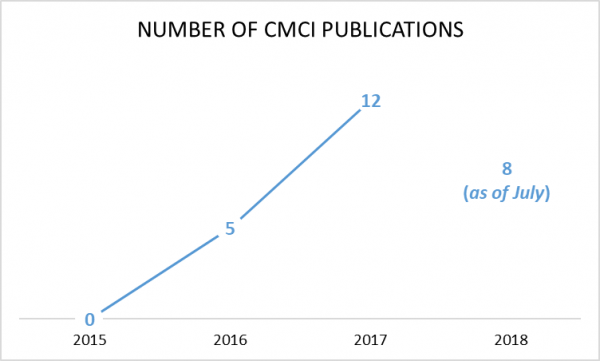
Since our inception in 2015, CMCI has seen an increase each year in the number of articles published.
To view a full list of titles published with links to the full articles, click here.
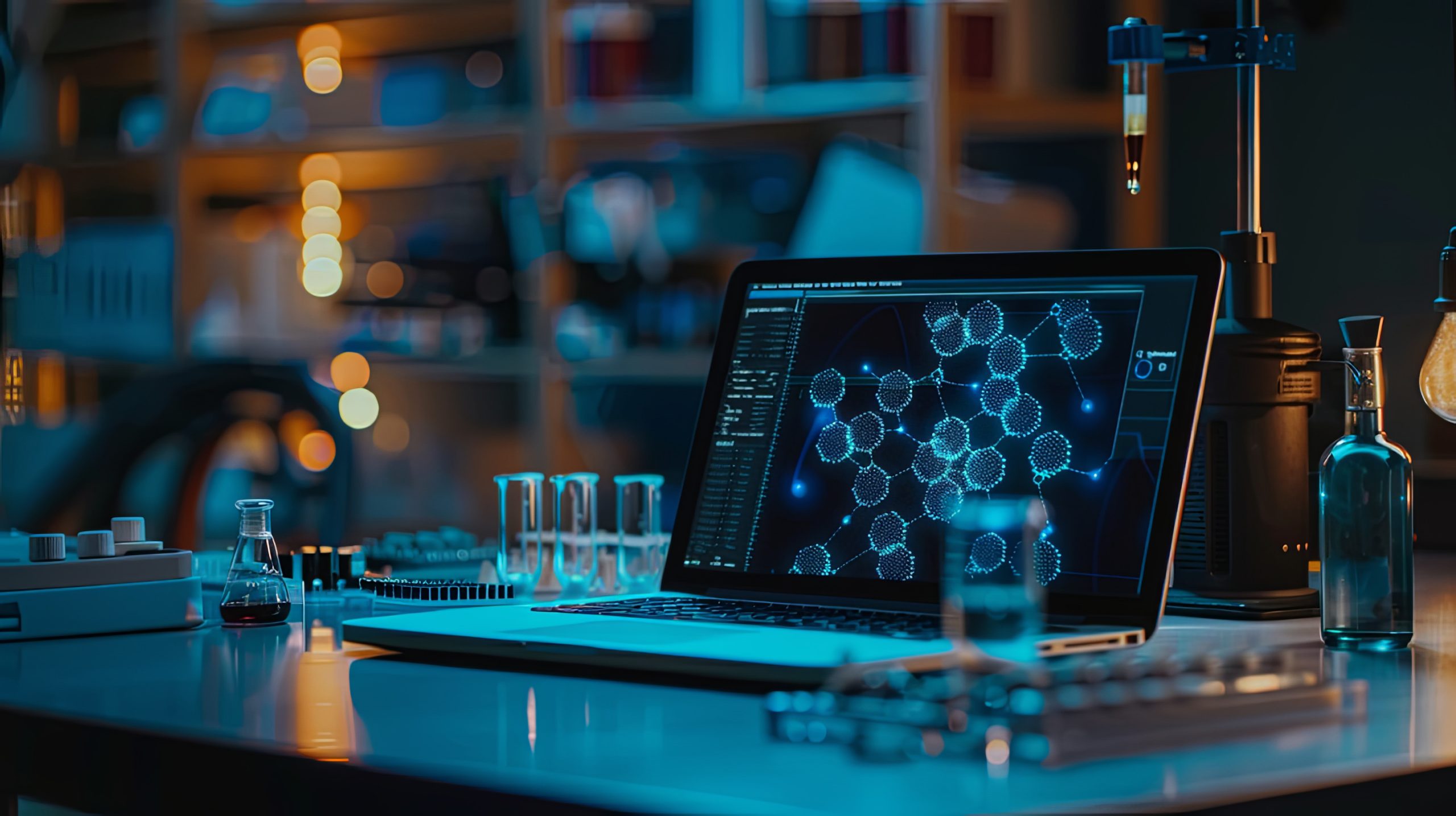

Since our inception in 2015, CMCI has seen an increase each year in the number of articles published.
To view a full list of titles published with links to the full articles, click here.
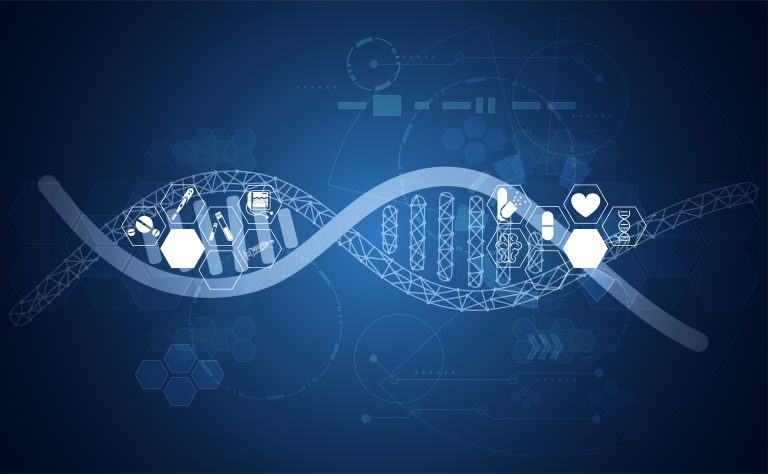
Where does a cell put it’s resources? CMCI participant and Department of Physics faculty member Andreas Vasdekis, and his research colleagues Hamdah Alanazi, Amrah Canul and Christopher Williams published a study in the journal Nature Communications. They introduce a new imaging technique to record how a single cell allocates its resources between the production of…

College of Science faculty Jessica Lee, Siavash Riazi, Shahla Nemati, Jannell Bazurto, Andreas Vasdekis, Benjamin Ridenhour, Christopher Remien and Christopher Marx had a paper published in PLOS Genetics. In their research, they uncovered that genetically identical cells can be phenomenally different in their ability to survive stress, and thus selection acts upon the distributions of…
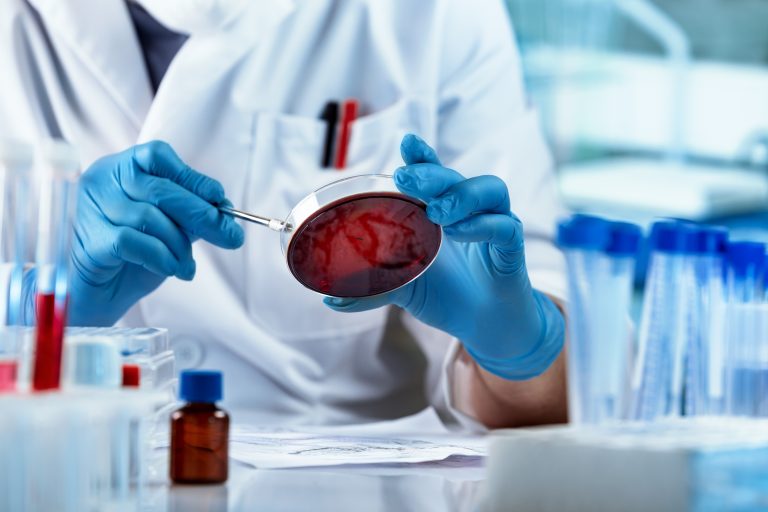
A team from the College of Science wants to improve the restraint devices used during injections of the greater wax moth larvae, a common laboratory animal. Injecting laboratory animals can be dangerous for researchers due to accidental needlesticks containing pathogenic microorganisms. In PLOS ONE, the team published designs for two new devices that reduce the…
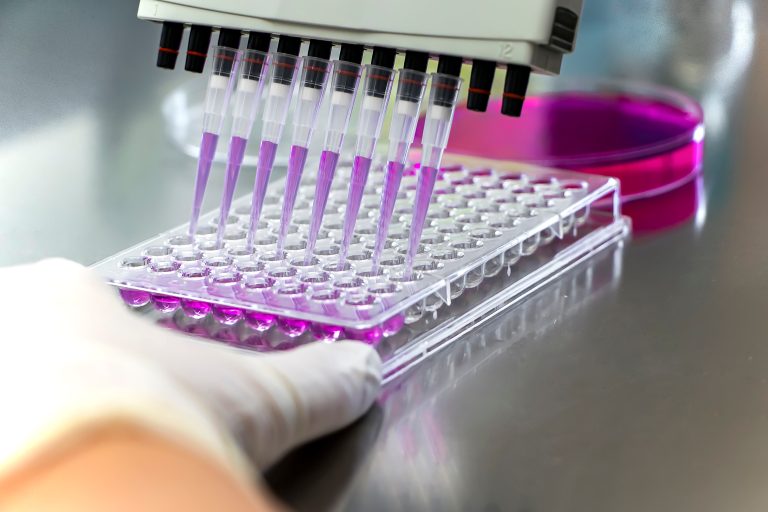
Congratulations to IMCI participants on their recent publication in PLOS Medicine. The following news story was produced by the Mountain West News Bureau. View the original article here. A newly published study out of the University of Idaho suggests that the higher perceived risk of a disease, the more likely someone is to vaccinate. The researchers surveyed…

Congratulations! Bert Baumgaertner, Florian Justwan and Juliet Carlisle, who are part of The Social Determinants of Infectious Disease Dynamics working group, had their research published in the Public Library of Science One (PLOS ONE) yesterday. Their paper is titled “The Influence of Political Ideology and Trust on Willingness to Vaccinate.” Read the University of Idaho press release…

The cover of Science Magazine currently features an important discovery made by an international research team: deep-sea fish can see more than just one color. When a Switzerland- and Australia-based research team recently needed to validate their findings regarding what colors of light a deep-sea fish species could see at up to 1500 meters below…